Hi Mission Support,
This is our Op Report.
SOL: 3
Name of person filing report: César Augusto Serrano Baza
Non-nominal systems: Generator Autostart
Notes on non-nominal systems: None
Generator (hours run): 16:20 last night until around 8:00 Today started at 16:00
Solar— SOC 86%
Diesel Reading – 85%
Propane Reading – 19% (In the black line, almost in the red zone)
Ethanol Free Gasoline – N/A gallons.
Water (Axillary tank) – 0 gallons
Water (static tank) – High Level, around 320 -gallons
Axillary to Static tank transfer– no
Gallons transferred: 0
Water in GreenHab – High level (85%)
Water (loft) – Static to Loft Pump used – yes
Water Meter: 6
Toilet tank emptied: NO
Deimos rover used: no, still not functional
Hours: 0
Beginning charge: –
Ending charge: –
Currently charging: no
Sojourner rover used: ASSIGNED TO DIRECTOR
Hours:
Beginning charge:
Ending charge:
Currently charging:
Spirit rover used: Not used
Hours: 63
Beginning charge: 100%
Ending charge: 100%
Currently charging: YES
Opportunity rover used: Not used
Hours: 43.9
Beginning charge: 100%
Ending charge: 100%
Currently charging: YES
Curiosity rover used: Not used
Hours: 59.6
Beginning charge: 100%
Ending charge: 100%
Currently charging: YES
Notes on rovers: Rover Opportunity and Spirit were not charging yesterday. Today in the morning, Director fixed that problem. Now, all the rovers crew are 100% battery and charging.
# Hours the ATVs were Used today: 0
Notes on ATVs: ATVs were taken out of active service and are now parked away from the station.
HabCar used and why, where? Not used.
CrewCar used and why, where? Not used.
General notes and comments: – We cleaned a bit the habitat and started assembling the experiments.
– In the engineering morning review of the habitat status We discovered that one suit is not working as it has to be (see summary of suits and radios).
– Director and me saw something weird in the generator control (see summary of ScienceDome).
Summary of internet: Nothing to report.
Summary of suits and radios: We used the 2-piece suit number 6 for the morning engineering review. The helmet is getting foggy in the front after 5 minutes of use, so the visibility is not the best.
Summary of GreenHab operations: Nothing to report.
Summary of ScienceDome operations: – We do not know if the GPS are working, this is because we dont know if they are battery operaterd or charge operated. Also, If they get electrical charge, where are the chargers?
– The generator seems to be weird. This because, when the Director switched it on, after a few minutes, it turned off by itself. After that, the Director turned it on again and it was working as expected (still), but the blinking LEDs in the HMI (where we can see the SOC) was blinking just one LED and, later in the night, no one of the LEDs were blinking.
Summary of RAM operations: We noticed that, when the generator shuts down, the switch affects, for may be 1 second, the energy. This because the energy goes off in this second. (For more detail see Summary Science Dome).
Summary of any observatory issues: Musk Solar observatory – Nominal. Robotic Observatory – Nothing to report.
Summary of health and safety issues: We received now one smoke detector for the Musk Observatory.
Questions, concerns and requests to Mission Support: – We will wait news of the Generator.
– Can we ask for the status and characteristics of the GPS? Also, how and where to charge them?
– What can we do with the Space Suit?
Thank you!!!


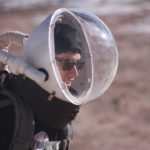
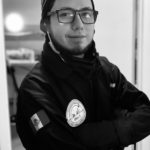
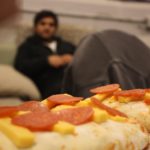
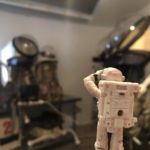
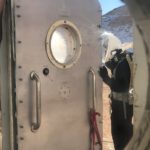

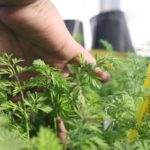
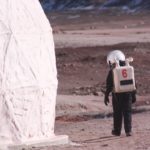
You must be logged in to post a comment.